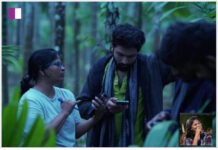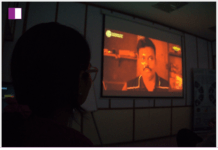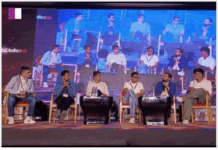It’s critical for brands to educate and entertain their audience, while increasing reach, awareness and recall, says our guest author.
In today’s hyper-digital era, where attention spans are fleeting and consumers are bombarded with endless ads, the art of storytelling is often overlooked and undervalued. Advertisers can forget that powerful storytelling is essential to captivate audiences, evoke emotions and spark action.
Here’s a glimpse of certain storytelling techniques marketers can leverage to drive success in the digital-first era.
Making customers the focus of your stories
Weaving interesting stories around the real world experiences of customers, ensures relatability and inspires trust. Simultaneously, it cultivates a community of loyal supporters, who’re more likely to become brand advocates and make repeat purchases.
A prime example of this is Airbnb. Its ‘Belong Anywhere’ campaign showcases heart-warming stories of people experiencing unique adventures, while staying at Airbnb accommodations. By sharing these narratives, Airbnb transformed its brand from a mere lodging platform to a catalyst for personal connections. As a result, it fostered a passionate community of loyal users, who actively share their stories, leading to tremendous brand growth.
Similarly, GoPro empowers users to capture and share adventurous experiences through its action cameras. By showcasing on-ground adventures and stunning footage, GoPro encourages its audience to participate in the storytelling process, creating a strong sense of community.
Leveraging AI to raise the storytelling bar
As the potential of new-age technologies unfolds, the integration of artificial intelligence (AI) with storytelling is set to revolutionise the marketing landscape. AI-powered technologies, such as chatbots and personalised recommendations, enable brands to deliver tailored and interactive narratives to individual consumers.
By leveraging AI, brands can create hyper-personalised experiences, anticipate customer needs and dynamically adapt their stories in real time. Spotify serves as an excellent example of AI-powered storytelling.
Sharing stories that reflect your brand’s values
To establish human connect at a deeper level and build an authentic community, purpose-driven stories are a great starting point. Brand stories revolving around shared community values and concerns, help inspire and persuade consumers.
For instance, Nike consistently puts out messaging focussed on people’s ability to break barriers and achieve the impossible. Such stories bring people together, establish credibility and help translate a brand’s mission into action.
Similarly, Levi’s ‘Buy Better, Wear Longer’ campaign raised awareness about a shared responsibility on the environmental impact of apparel manufacturing and consumption.
Delivering immersive, memorable experiences
By integrating narratives into marketing campaigns, brands can engage their audience’s senses, emotions and imagination. What’s more, such immersive experiences leave a lasting impression and help brands stand out in a crowded marketplace.
With new-age technologies like augmented reality (AR), virtual reality (VR) and 360-degree videos gaining traction, immersive storytelling is taking on completely new dimensions. Brands can leverage experiential marketing to give their audience the feeling of “being there”. Marrying these techniques with powerful stories, helps enhance brand perception, recall and engagement, and ultimately drives growth.
In a nutshell, humans have an unsatiable appetite for great stories and new perspectives. According to Stanford marketing professor Jennifer Aaker, stories are remembered up to 22 times more than facts alone. Rediscovering the lost art of storytelling is, therefore, critical for brands to educate and entertain their audience, while increasing reach, awareness and recall.



































